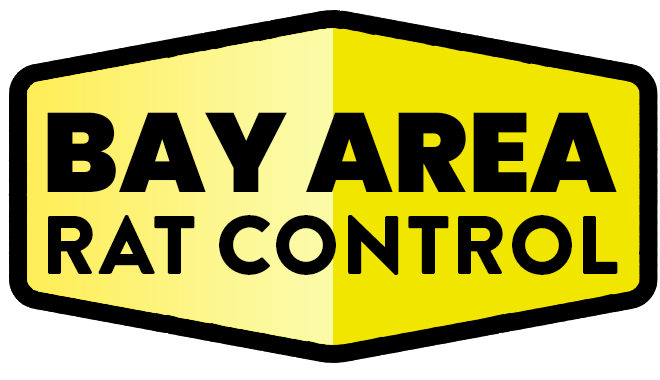Opening Thoughts
Rats can squeeze through surprisingly small gaps, making it essential to secure your home by identifying and sealing entry points. By addressing these vulnerabilities, you can significantly reduce the risk of infestations. This guide provides a step-by-step approach to locating and closing entry points, ensuring a rat-free home.
Why Securing Entry Points Is Essential
- Prevent Infestations: Blocking entry points eliminates access for rats seeking food, water, or shelter.
- Reduce Damage: Prevent rats from gnawing on wiring, insulation, or structural elements.
- Save Money: Effective prevention reduces the need for costly extermination services.
Common Rat Entry Points in Homes
1. Gaps Around Doors and Windows
- Description: Rats can enter through poorly sealed doors or damaged window frames.
- Solution:
- Install door sweeps on exterior doors.
- Seal gaps around windows with caulk or weatherstripping.
2. Cracks in Foundations and Walls
- Description: Small cracks and crevices in foundations or walls are prime entry points.
- Solution:
- Fill cracks with cement or concrete patches.
- Use expanding foam or caulk for smaller gaps.
3. Holes Around Utility Lines
- Description: Openings around pipes, cables, and vents allow rats easy access.
- Solution:
- Seal gaps with steel wool, followed by caulk or foam to keep it in place.
- Install vent covers to prevent entry.
4. Roof and Attic Openings
- Description: Rats, especially roof rats, often enter through gaps in eaves, soffits, or vents.
- Solution:
- Repair damaged shingles and flashing.
- Install metal mesh over attic vents and chimney openings.
5. Garage Doors
- Description: Improperly sealed garage doors can provide easy access to rats.
- Solution:
- Adjust door seals to eliminate gaps at the bottom.
- Install weatherstripping along the sides.
How to Identify Entry Points
1. Inspect Your Home
- Tools Needed: Flashlight, ladder, and a notepad for recording findings.
- What to Look For:
- Droppings, grease marks, or gnaw marks near potential entry points.
- Trails of dirt or debris leading to openings.
2. Conduct a Light Test
- At night, have someone shine a flashlight around doors, windows, and other areas from outside. Look for light seeping through gaps.
3. Use Tracking Powder
- Sprinkle talcum powder or flour near suspected entry points and check for footprints or tail marks.
Best Materials for Sealing Entry Points
- Steel Wool: Rats cannot chew through it, making it ideal for small gaps.
- Caulk or Expanding Foam: For sealing cracks and small holes.
- Metal Mesh: Suitable for vents, chimneys, and larger openings.
- Cement or Concrete Patches: Durable solution for foundation cracks.
- Weatherstripping: Effective for sealing gaps around doors and windows.
Pro Tips for Effective Sealing
- Combine Materials: Use steel wool with caulk or foam for extra durability.
- Regular Maintenance: Inspect and repair seals periodically to address wear and tear.
- Professional Assistance: Consult a pest control expert for comprehensive inspections and sealing.
Common Mistakes to Avoid
- Ignoring Small Gaps: Even a hole the size of a dime can allow rats to enter.
- Using Inadequate Materials: Soft materials like wood or rubber can be chewed through easily.
- Delaying Repairs: Postponing repairs increases the risk of infestation.
Final Thoughts
Securing your home from rats starts with identifying and sealing entry points. By taking proactive steps and using the right materials, you can protect your home and family from the damage and health risks associated with infestations. Prevention is always more effective—and less stressful—than dealing with an infestation.
Relevant Links/Sources:
Sealing Your Home Against Rodents – CDC
How to Rat-Proof Your Home – PestWorld
Foundation Repairs to Prevent Rodents – EPA
